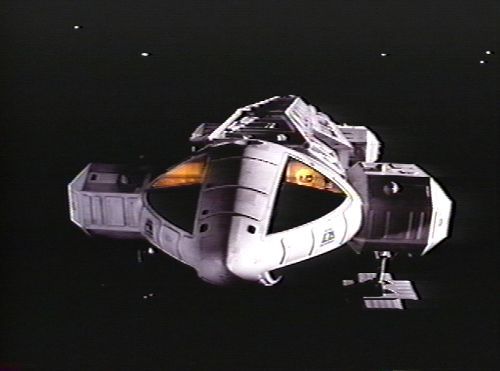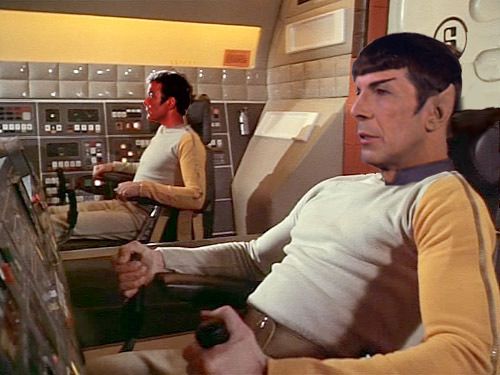A starship could well have an entourage that doesn't actually travel inside said ship. Think Jacques-Yves Cousteau: his expeditions often featured vehicles and vessels essential for the success of the mission but virtually never actually packed aboard the Calypso. These assorted hovercraft, amphibious trucks, riverboats or motorcycles still carried the Calypso symbol.
It should probably count for something that the mission of the Copernicus isn't directly associated with the Enterprise in the dialogue. The voyage is from unknown location X providing them with "a Slaver stasis box discovered by archaeologists on the planet Kzin", to Starbase 25.
None of this changes the dialogue-explicit fact that the Copernicus is an Enterprise shuttlecraft. She might just be normally berthed at the other end of the sortie, at a starbase, rather than aboard the starship whose hangar cannot really handle craft of that size except as temporary visitors. Most deep space vessels might have such a liaison craft assigned, at several key starbases - or then new pennants are simply painted on one and the same craft for each mission...
Timo Saloniemi
It should probably count for something that the mission of the Copernicus isn't directly associated with the Enterprise in the dialogue. The voyage is from unknown location X providing them with "a Slaver stasis box discovered by archaeologists on the planet Kzin", to Starbase 25.
None of this changes the dialogue-explicit fact that the Copernicus is an Enterprise shuttlecraft. She might just be normally berthed at the other end of the sortie, at a starbase, rather than aboard the starship whose hangar cannot really handle craft of that size except as temporary visitors. Most deep space vessels might have such a liaison craft assigned, at several key starbases - or then new pennants are simply painted on one and the same craft for each mission...
Timo Saloniemi





